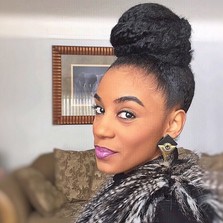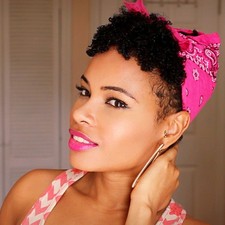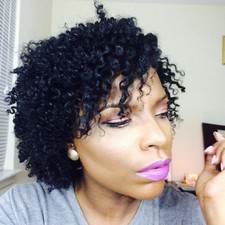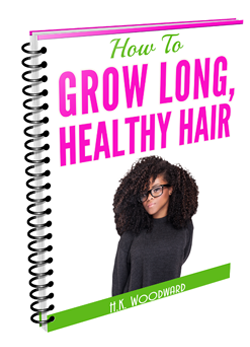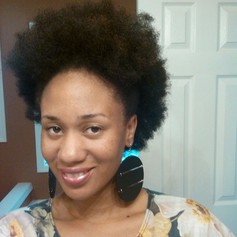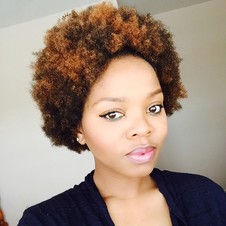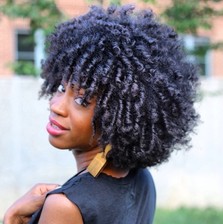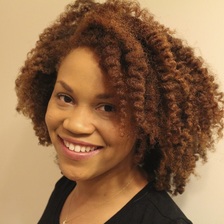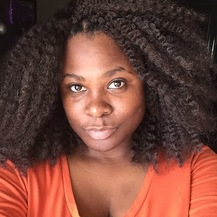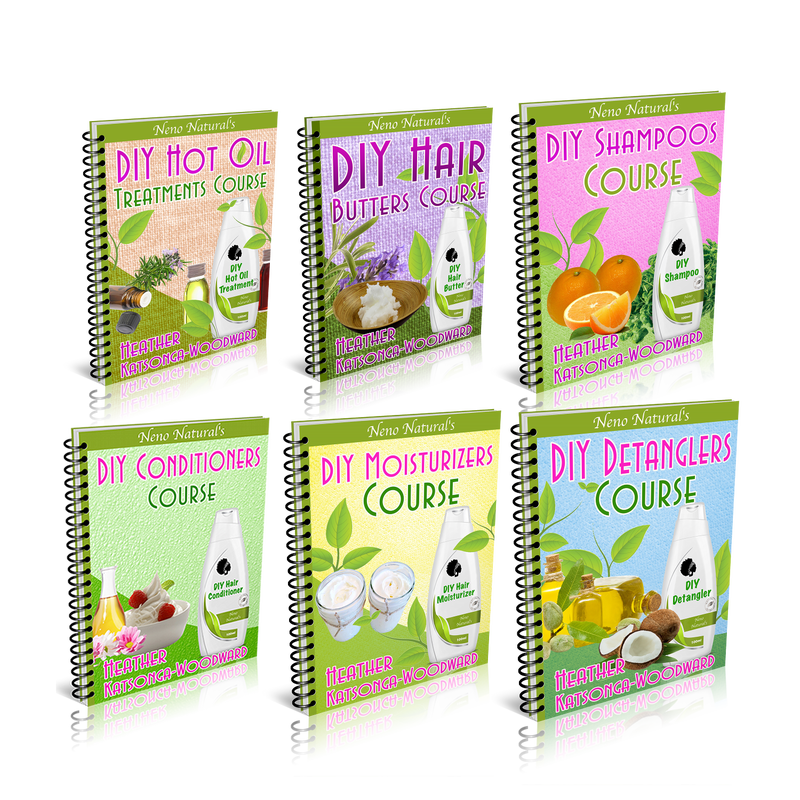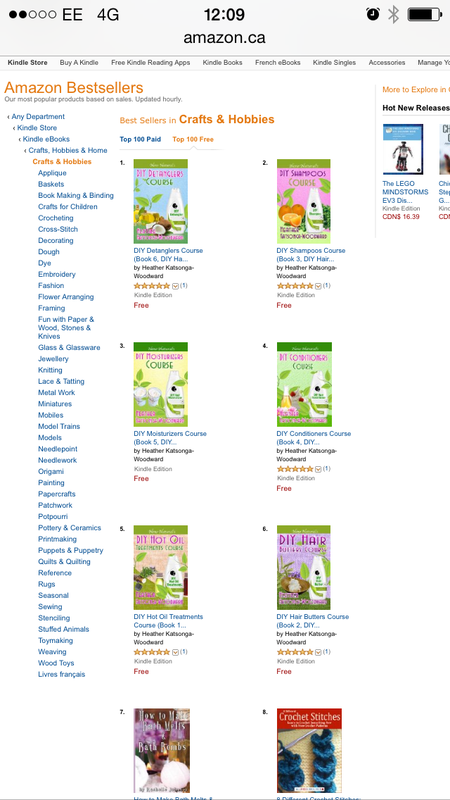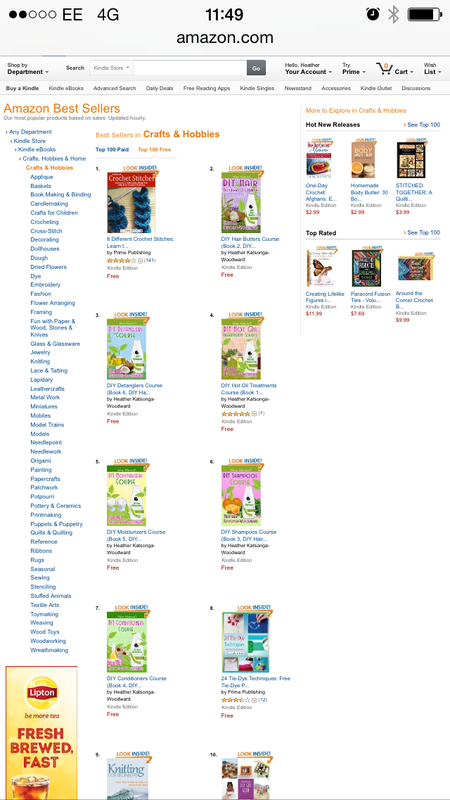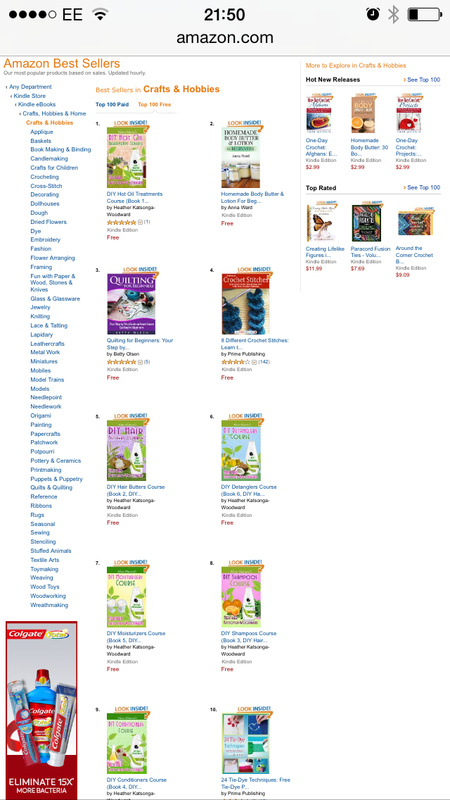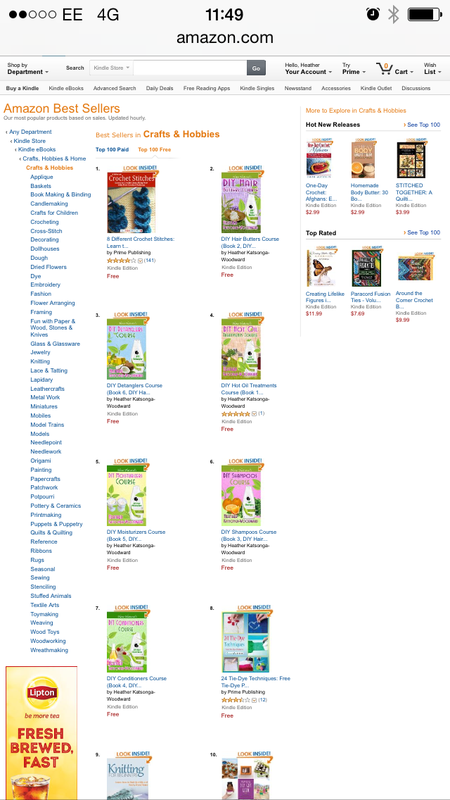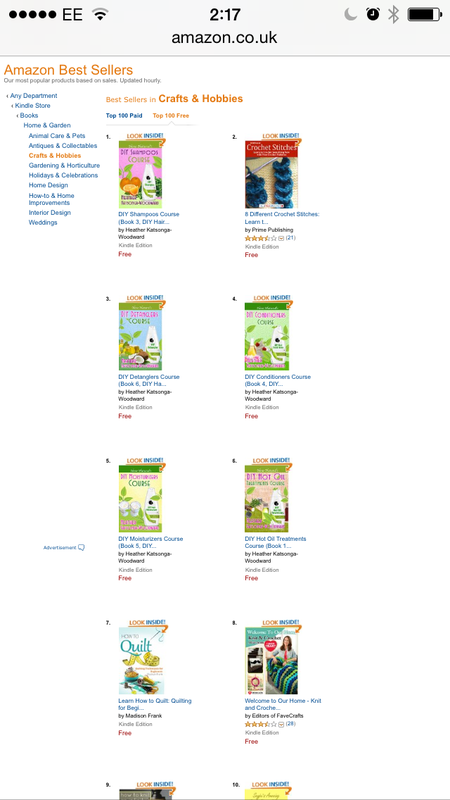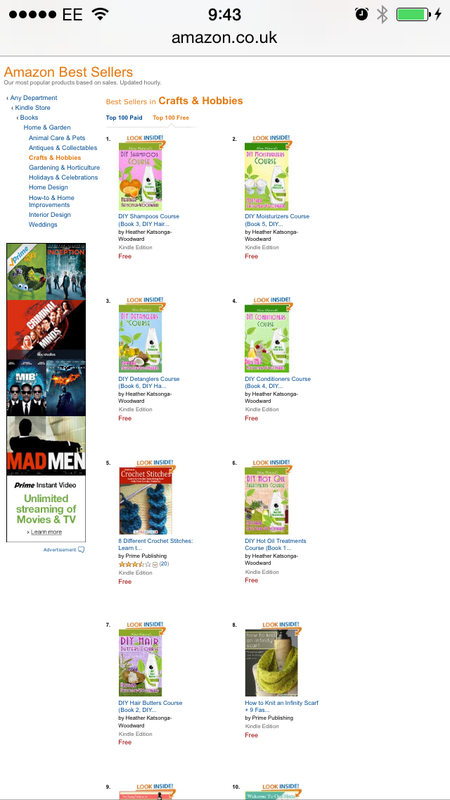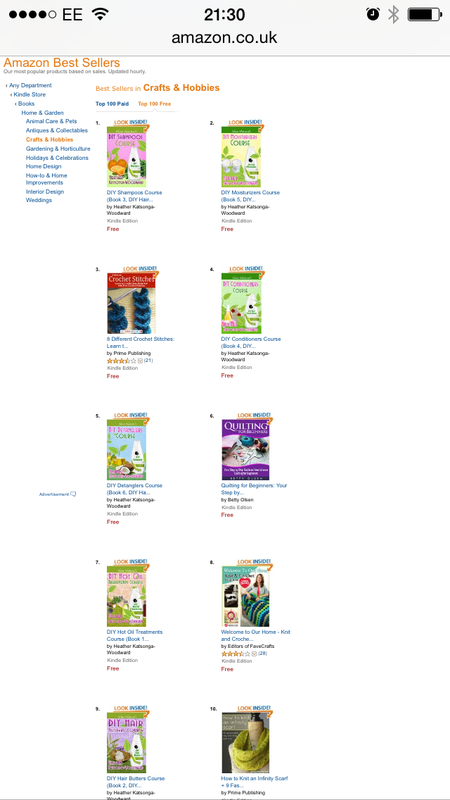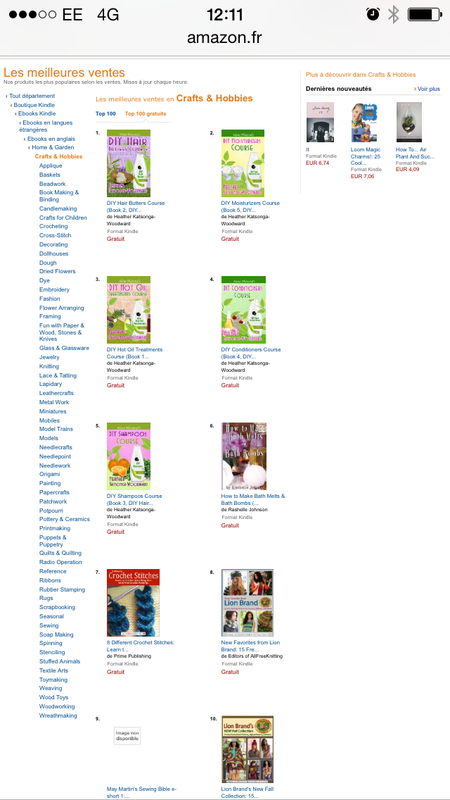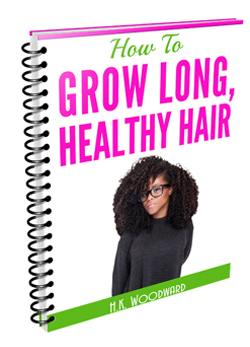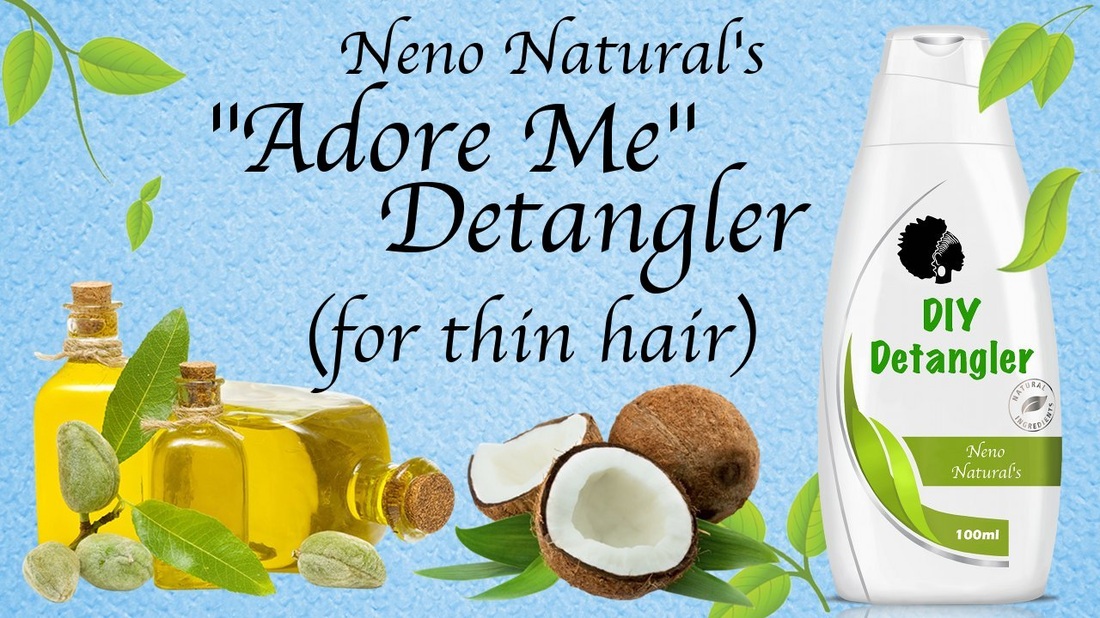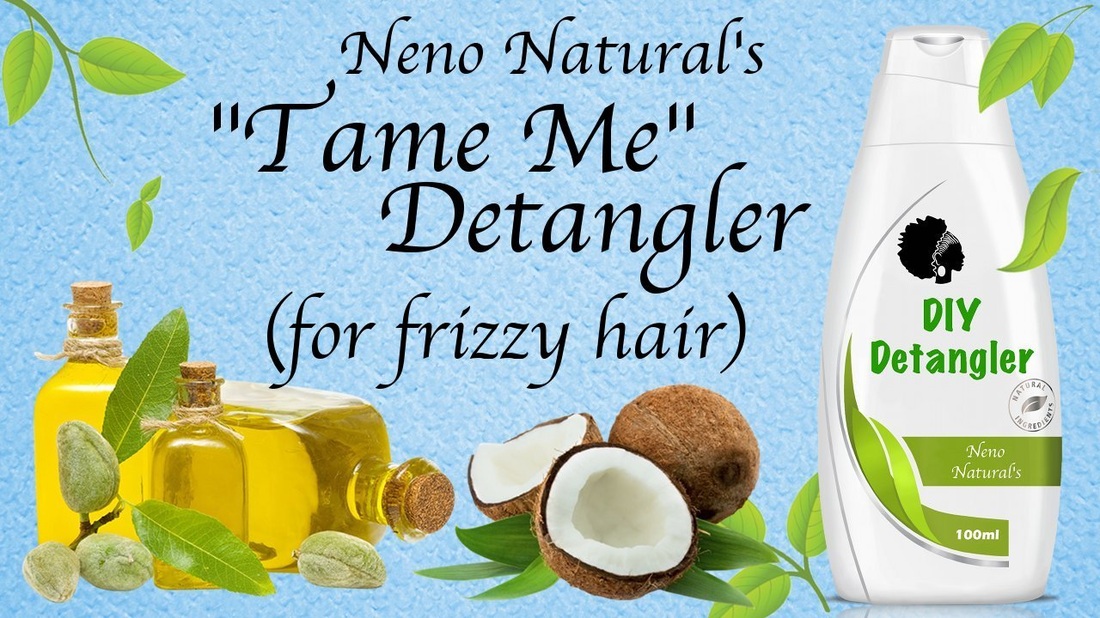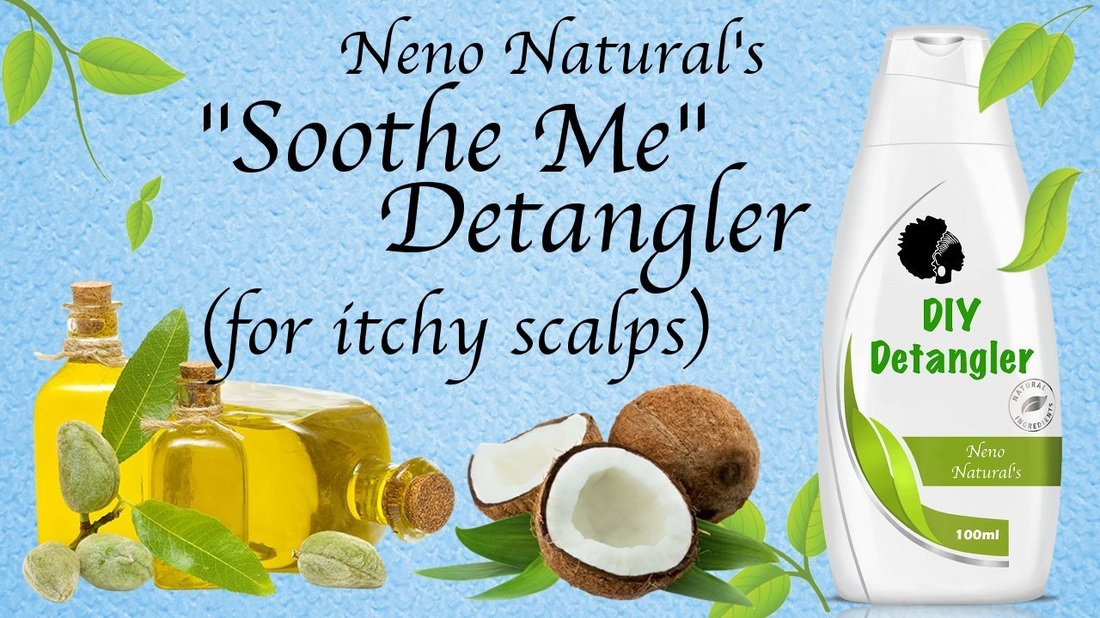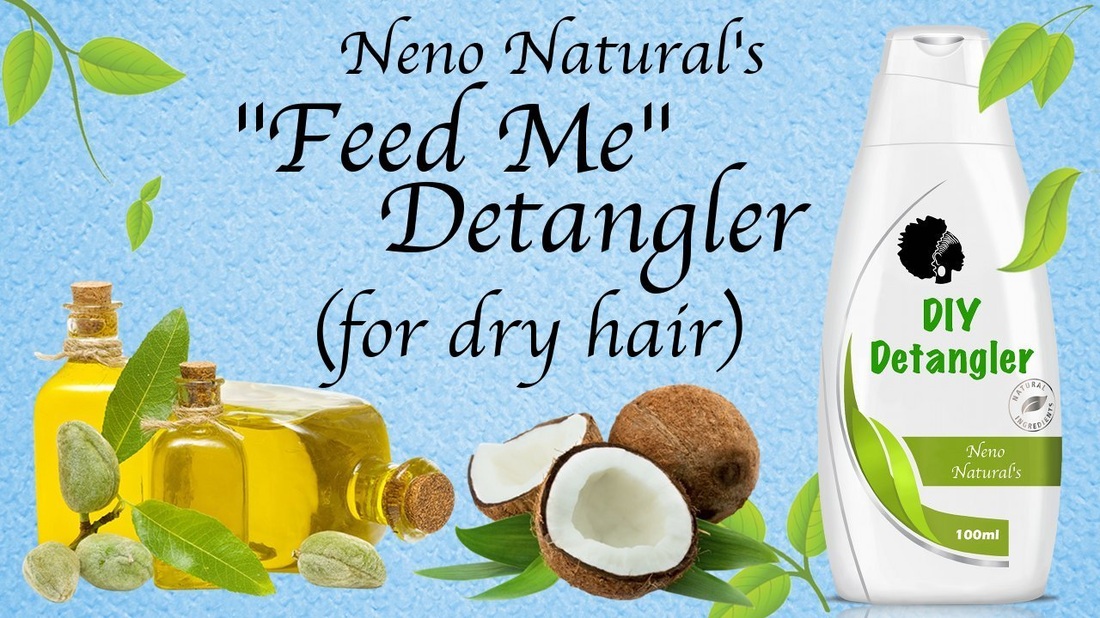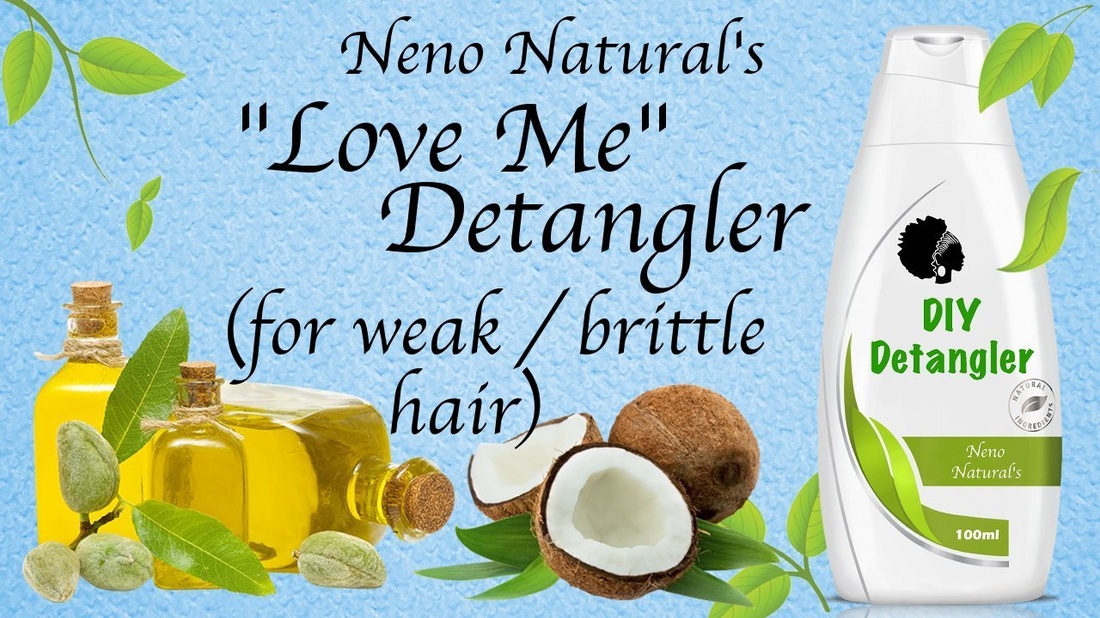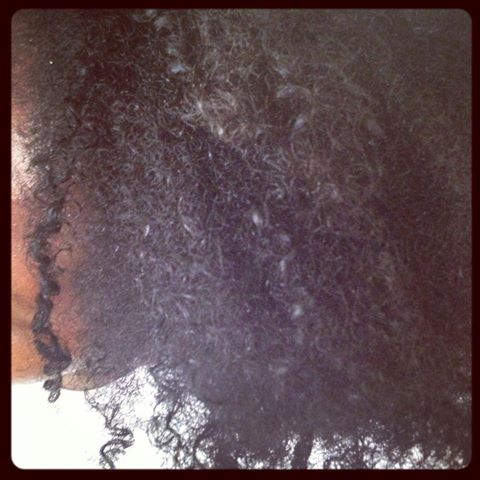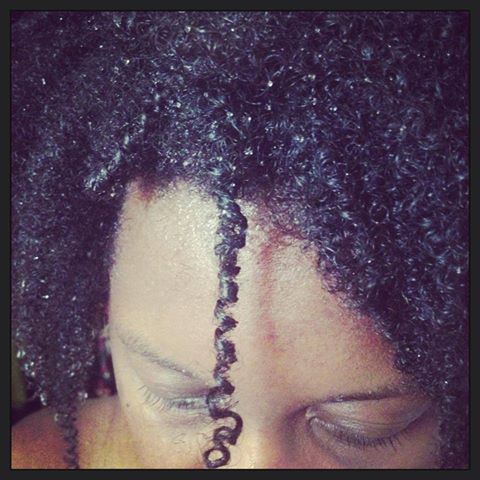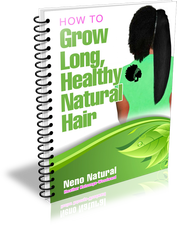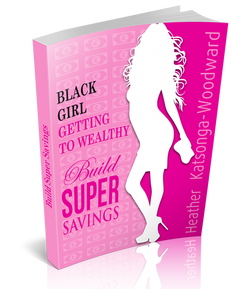
I had never heard of Emu Oil until a few weeks ago when someone wrote to me asking about it. I decided to carry out some research. My sources are at the bottom of this blog.
What is an emu? An emu is an indigenous flightless Australian bird. The moment I read this description I thought of a chicken so I googled for images and voila – see the images that are part of this blog. It looks more like an ostrich than a chicken. Where do they harvest emu oil from? The emu bird’s back is made of a thick layer of fat (adipose tissue) designed to protect it from the Australian sun as well as cushioning during an attack. When this fat is extracted it is distilled to remove proteins, bacteria and other particles leaving emu oil as it is commercially sold. This is an important difference compared to all other oils I have ever used or written about – they are all vegetable oils,on the other hand, emu is derived from an animal. What does emu oil look like? The exact colour and consistency of emu oil depends on the bird’s diet. It’s a white/off-white solid at low temperatures but quickly melts at temperatures above 22°C (72°F) to form a yellow liquid. The viscosity of emu oil at any given temperature varies depending on the diet of the bird it was harvested from. 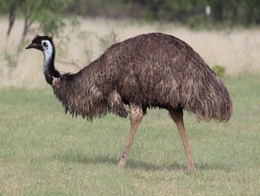
What characteristics does emu oil have?
According to online sources it’s:
For those that have thin or thinning hair the last benefit makes emu oil especially attractive. Unfortunately, many of the claimed benefits are empirical not scientific. Emu oil has not been scientifically tested rigorously enough to make the claims therefore its risks and benefits are currently not that well understood. The biggest proponents of emu oil’s health benefits sell it so it’s hard to tell how genuine their claims are. Emu oil has been fraudulently promoted as a health supplement when it shouldn’t be due to a lack of data backing up claims of any health benefits. According to the FDA website, “FDA determined that a pure emu oil product marketed to treat or cure a wide range of diseases was an unapproved drug. Its marketer had never submitted to FDA data to support the product's safe and effective use.” Should you try emu oil on your hair and skin? Why not? It probably won’t do you any harm so it could be worth a try to see whether your hair benefits from it. As with any oil, you would have to use it for a few months to notice a difference, if any. Where can you get emu oil? There are a variety of online sources selling it but I can’t prove how genuine their emu oil is. If you’ve ever used emu oil and have an opinion on it, please share! References: https://en.wikipedia.org/wiki/Emu_oil http://www.emu-oil-well.co.uk/faq Emu Oil: The Secret to Cate Blanchett's flawless complexion? 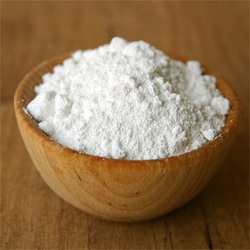
The Science of Black Hair by Audrey Davis-Sivasothy argues that baking soda is generally too abrasive to be used as a regular shampoo for natural black hair.
However, if you have lots of build up a baking soda shampoo may be just the perfect solution for you instead of buying a clarifying shampoo. Any alternative to baking soda? Another alternative to the clarifying shampoo is a regular sulfate-containing shampoo. Keep in mind that sulfates are not harmful to health or hair they just too effective at cleaning so they tend to strip hair of good oils. If you have lots of product build-up, however, the cleaning power of a sulfate becomes appropriate. 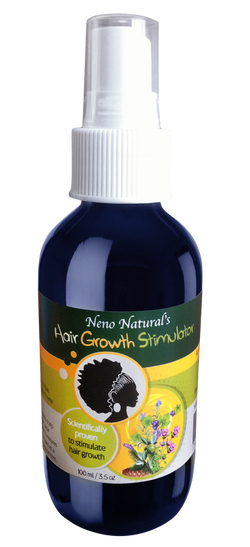
Baking Soda Shampoo Formula
You can use this formula after a regular shampooing or in the place of it. Ingredients
Method: Mix the two ingredients. Stir to dissolve. Application: Apply to scalp and hair. Massage in for maximum effect. Rinse out then follow with a conditioner. Storage: Don't store. Use it all in one go. What is the pH of baking soda? 9. It's weakly alkaline. Hair has a pH of 4.0 - 5.5 so if you use this formula you have to follow with an ACV rinse or a lemon rinse. I would only use this recipe if you have lots of product build up. If you have used baking soda before, we'd love to know the results that you got. 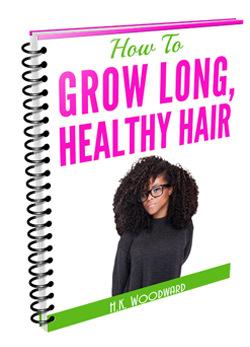
Get your FREE ebook on How To Grow Long, Healthy Natural Kinky or Curly Hair. Other references: Baking Soda for Hair 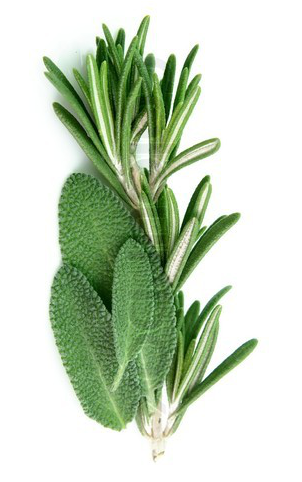
A regular rinse with sage and rosemary water will promote thicker, stronger, shinier hair. It's also useful as an antidote for hair loss.
Sage restores hair's natural color and prevents premature greying. Rosemary is also great for reducing the rate at which hair greys. Ingredients:
Method
Application
It's not practical to use rosemary essential oil in this recipe because for a 2% dilution you would need 20 ml of rosemary and that would be very costly indeed. If you can't find fresh rosemary the dried version is a decent alternative. You might also like: 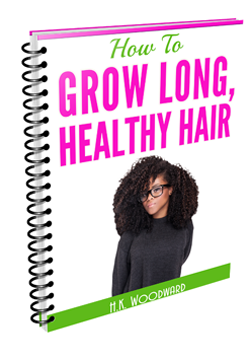
Get your FREE ebook on How To Grow Long, Healthy Natural Kinky or Curly Hair. Rosemary is one of the key ingredients in Neno Natural's Hair Growth Stimulator.
Many of us were brought up to believe greasing one’s scalp with “hair food”, such as Blue Magic, Sulfur 8 or any other petrolatum-based grease was essential for maintaining healthy hair. However, many in the natural hair community now argue that greasing your scalp is not essential. So is it? It depends…
Day-to-Day Management Generally, a clean and healthy scalp does not need to be greased to stay soft, pliable and well suited for hair growth. Sebum, the oil naturally produced by the scalp lubricates the scalp on an on-going basis. Importantly, unlike skin, the scalp is not constantly chaffing against clothing or rubbing against furniture so it doesn’t need to be moisturized as intensely or as regularly as skin does. Dry Scalps The above said, just as some people have drier skin than others, some scalps are more dry than others. The dryness of one’s scalp can be impacted by diet and weather. Whatever the case, if your scalp doesn’t seem to lubricate itself and perhaps gets all dry, ashy or dandruff-ridden then it certainly doesn’t hurt to oil it. If your scalp is dry, don’t use a thick or heavy grease; choose a light, nutrient-rich oil to rub into your scalp.
When In Plaits If your hair has just been plaited/braided then it might be useful to oil your scalp to prevent bumps and rashes from forming where the root has been pulled. I personally have a very sensitive scalp; even with minimal pulling my scalp gets sore and bumpy so I oil the scalp religiously for about a week after its been plaited using Neno Natural’s Hair Growth Stimulator when I have just had braids installed. After a week the new growth compensates for the pulling my scalp endured. Hair Growth Last but not least, because the scalp is so thin, you can promote the delivery of oxygen and nutrients to the scalp to help hair grow by massaging it with an oil + essential oil blend. I have quite a few recipes that you can blend yourself. https://www.youtube.com/playlist?list=PLu2772_DbH-LWFfnvzHn-uN6bw4LgX4_b What do you think about greasing the scalp? Is it essential for you? 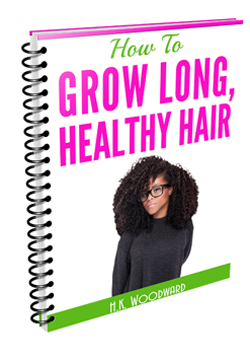
Get your FREE ebook on How To Grow Long, Healthy Natural Kinky or Curly Hair. You might also like: Working with Essential Oils - Understanding Dilution Now Available On Kindle & in Paperback!
When the DIY Hair Products Series was first launched in July 2014 it dominated the kindle best seller lists for a few days in its category as seen in the below screen shots.
Amazon Canada - Number 1 To 6!
At the very best point on Amazon Canada, all 6 books in the DIY Hair Products Series dominated all positions from 1 through to 6. Woop, woop!
Amazon USA - Number 2 To 7, Hot Oils Number 1
At one of the best points on Amazon USA, all 6 books in the DIY Hair Products Series dominated all positions from 2 through to 7. At other points in the 5-day promotion period the DIY Hot Oils book and the DIY Hair Butters book reached number 1 & 2 respectively under Crafts and Hobbies bestsellers.
Amazon UK - Consistently In Most Top 6 Spots
Whilst the DIY Hair Products Series was never in a successive chain of 6 on Amazon UK, all 6 books were consistently in the top 10 bestseller list under Crafts & Hobbies for the entire 5-day promotional period. DIY Shampoos reached number 1 at one point, DIY Moisturizers number 2 and DIY Detanglers number 3. Different times on 5-Jul-14:
Amazon France - Number 1 to 5
At one of the best points on Amazon France, 5 out of 6 books in the DIY Hair Products Series dominated all positions from 1 through to 5.
The full DIY Hair Products Series is now on Amazon in both paperback and kindle format. Please buy and kindly review:
The kindle book is available for FREE in all amazon kindle stores. To get the book in a store not listed above click your country below and search "Neno Natural's DIY Hair Products":
This leave-in detangler is designed specifically for thin hair.
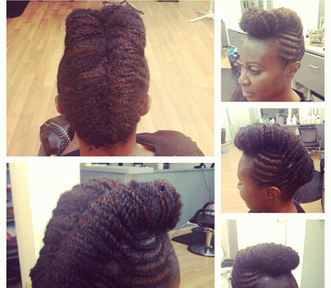 Click for Queen Dalia's hair styles, journey & regimen Click for Queen Dalia's hair styles, journey & regimen
INGREDIENTS
Heated water phase (92%)
Cool-down phase (8%)
Method
Application
Storage The shelf life of is 9 months. Store in a cool, dry place. 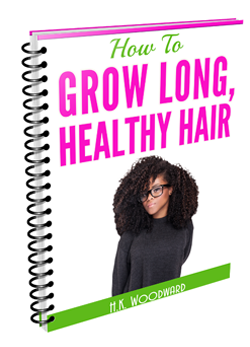
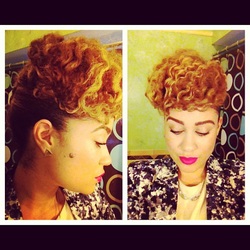
This pre-shampoo detangler recipe is for very tangled frizzy hair. Don't forget to shampoo out after use.
Ingredients
Method
No preservative needed. Application
Storage The shelf life of is 9 months. Store in a cool, dry place. 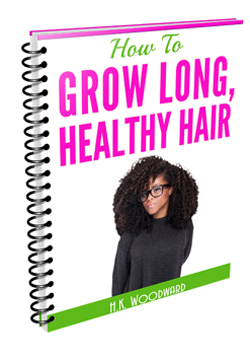
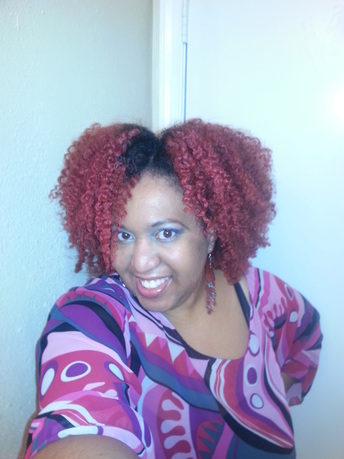 Click for Queen Tamara's hair styles, journey & regimen Click for Queen Tamara's hair styles, journey & regimen
If you have tangled tresses and an itchy scalp, look no further than this DIY detangler, it is designed just for you.
INGREDIENTS Heated phase (90%)
Cool-down phase (10%)
Method
Application
Storage The shelf life of is 9 months. Store in a cool, dry place. 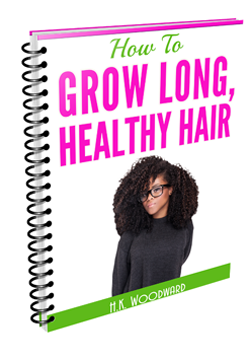
This pre-shampoo detangler nourishes as it detangles your hair to minimize breakage - what more could a girl ask for, eh?
 Click for Queen Jocelyn's hair styles, journey & regimen Click for Queen Jocelyn's hair styles, journey & regimen
Heated oil phase (25%)
Heated water phase (69 %)
Cool-down phase (6%)
Method
You will need two pyrex bowls because you will be creating two bain maries (a.k.a. double boilers)
Application
Storage The shelf life of is 9 months. Store in a cool, dry place. 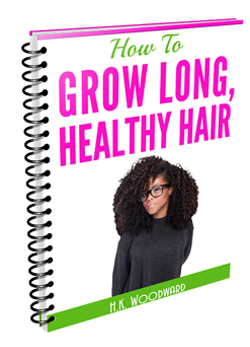
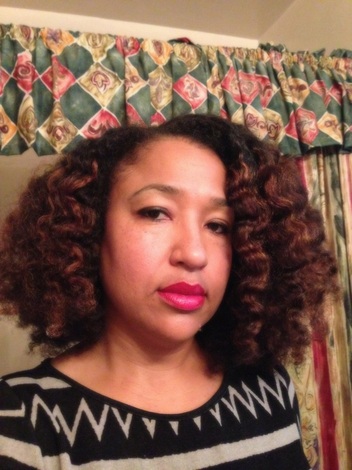 Click for Queen LaShon's hair styles, journey & regimen Click for Queen LaShon's hair styles, journey & regimen
This is probably my favorite detangler in the range. It detangles and softens extremely well. You can watch me going ga ga over it in this video on scalp exfoliation.
Heated phase (90%)
Cool-down phase (10%)
Method
Application
Storage The shelf life of is 9 months. Store in a cool, dry place. 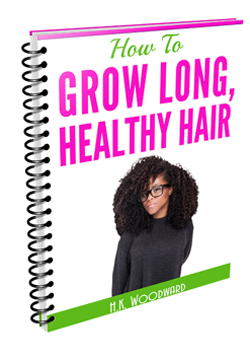
|
I now blog about wealth creation - so if you have any money questions meet me there, you can do all sorts of cool things like leave me a voicemail.
By Heather Katsonga-Woodward
I was a natural hair blogger and mixtress living between London & Chicago from 2012 to 2017. I always thought I was 4C but some say 4B; images below - you decide! Heather xx Categories
All
Archives
November 2016
|

